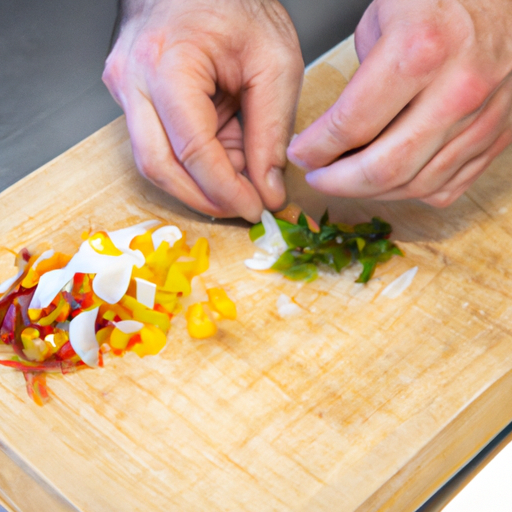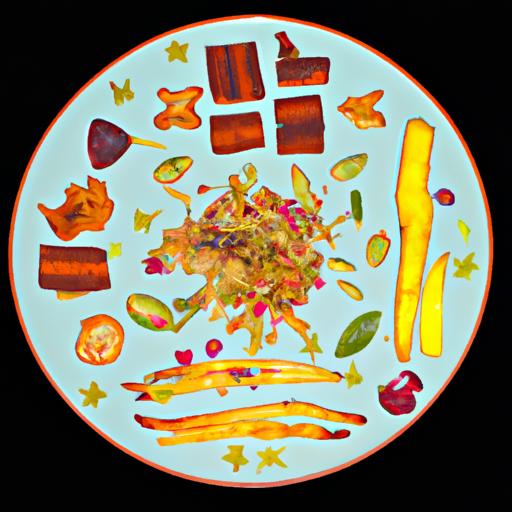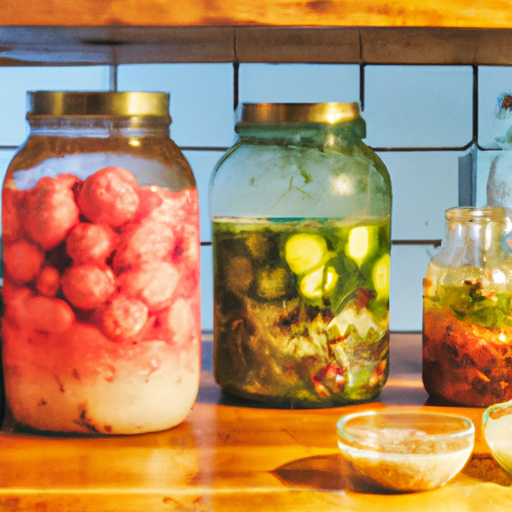Explore innovative techniques for utilizing every part of your ingredients to reduce food waste and maximize flavor. Professional chefs share their secrets for turning common kitchen scraps into gourmet ingredients and stunning dishes. Discover practical tips and creative recipes that help save money while protecting the environment.

The zero-waste cooking movement has transformed from a fringe concept into a fundamental approach to modern cuisine, revolutionizing how we think about food preparation and consumption. This comprehensive guide explores how both professional chefs and home cooks are reimagining their relationship with ingredients, finding value and flavor in parts traditionally discarded.
Understanding the environmental impact of food waste is crucial. Each year, roughly one-third of all food produced globally goes to waste, contributing significantly to greenhouse gas emissions. By adopting zero-waste cooking principles, we not only reduce our environmental footprint but also discover new flavors and textures while saving money.
The foundation of zero-waste cooking lies in understanding how to use every part of an ingredient. Vegetable stems, peels, and leaves often contain intense flavors and valuable nutrients. For example, broccoli stems can be transformed into creamy soups or crispy chips, while carrot tops make excellent pest or garnishes. Even onion skins can be used to create rich stocks or natural dyes.
Preservation techniques play a vital role in zero-waste cooking. Learning to properly store ingredients, understand expiration dates, and utilize preservation methods like dehydration, pickling, and fermentation can significantly extend the life of your ingredients. Modern technology, combined with traditional preservation methods, offers numerous ways to keep ingredients fresh and flavorful.
Stock-making is perhaps the most fundamental zero-waste technique. Vegetable trimmings, herb stems, and even cheese rinds can contribute to flavorful stocks that serve as the base for countless dishes. Professional chefs often maintain different stock pots for various ingredient categories, creating layers of flavor that would be impossible to achieve with store-bought alternatives.
Root-to-stem cooking has become increasingly popular, challenging cooks to use entire vegetables creatively. Carrot tops become vibrant pestos, beet greens transform into satisfying side dishes, and potato peels turn into crispy snacks. This approach not only reduces waste but often results in dishes with more complex flavors and better nutritional profiles.
The same principle applies to meat and fish. Bones can be used for stock, skin can be crisped for garnishes, and lesser-known cuts often offer unique flavors and textures at lower prices. Understanding how to break down and utilize whole animals not only reduces waste but also connects us to traditional cooking practices.
Modern kitchen technology has made zero-waste cooking more accessible than ever. Food processors can quickly transform vegetable scraps into bases for soups or sauces, while dehydrators can create unique garnishes or preserve ingredients for later use. Even simple tools like microplanes can help extract maximum flavor from ingredients like citrus peels or cheese rinds.
Meal planning becomes crucial in a zero-waste kitchen. Understanding how ingredients can be used across multiple dishes helps prevent waste while creating cohesive menus. Professional kitchens often plan their menus around full ingredient utilization, and home cooks can adopt similar strategies on a smaller scale.
Educating ourselves about food storage is essential for reducing waste. Different ingredients require different storage conditions to maintain freshness. Understanding these requirements, along with proper rotation and organization of ingredients, helps prevent unnecessary waste through spoilage.
The economic benefits of zero-waste cooking are significant. By utilizing every part of our ingredients and reducing waste, we can significantly lower our food costs while creating more interesting and nutritious dishes. This approach is particularly valuable for both home cooks looking to maximize their grocery budget and restaurants aiming to improve their bottom line.



